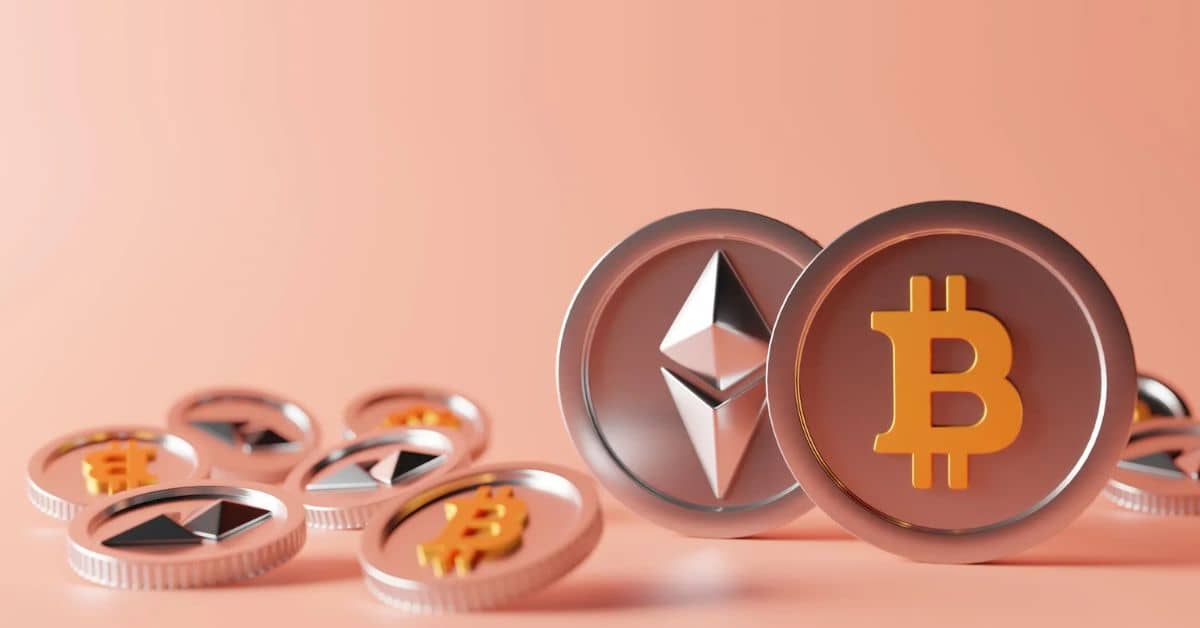Two newly created Bitcoin wallets have withdrawn a combined $84.2 million (800 BTC) from Binance, raising questions about investor sentiment as BTC hovers below its all-time high.
Large Withdrawals Signal Shift Toward Self-Custody
According to on-chain data shared by Lookonchain, the withdrawals occurred around 09:21:13 UTC, with each wallet receiving 400 BTC directly from Binance’s hot wallet.
“2 newly created wallets withdrew 800 BTC ($84.2M) from Binance,” Lookonchain posted, confirming the transaction links.
These two wallets, now holding 400 BTC each, reflect a strategic move of funds off exchanges. This activity is typically interpreted as a bullish sign, signaling that holders intend to store their BTC securely for the long term instead of preparing for near-term selling.
Exchange Inflows Decline as Holders Accumulate
Supporting this narrative, IntoTheBlock reports a continued decline in BTC inflows to exchanges:
- 24-hour exchange inflows: down 9.5%
- 7-day inflows: down 16.99%
This trend aligns with the Binance outflows and points to reduced sell pressure. Although the 30-day inflow volume is up 9.43%, short-term metrics suggest accumulation is now dominating.
Long-Term Holders Increase Supply
Further strengthening the hold-and-accumulate theory, long-term holders (LTHs) have been increasing their BTC supply. Between March 3 and May 25, 2025, LTH supply surged from 14.35M BTC to 15.74M BTC, a gain of over 1.39 million BTC in less than three months.
This trend contrasts sharply with past bull markets like 2013, 2017, and 2021, where long-term holders typically reduced their holdings to take profits. The current cycle, however, shows LTHs are not selling, even as prices hover above $100K.
What Does It All Mean?
With 800 BTC moved to new wallets, decreasing exchange inflows, and growing long-term holdings, analysts believe Bitcoin’s current phase is marked by accumulation, not liquidation.
This behavior could lead to a supply squeeze, especially if demand increases with future price surges. In essence, Bitcoin holders seem to be preparing for longer-term gains, not short-term flips.














